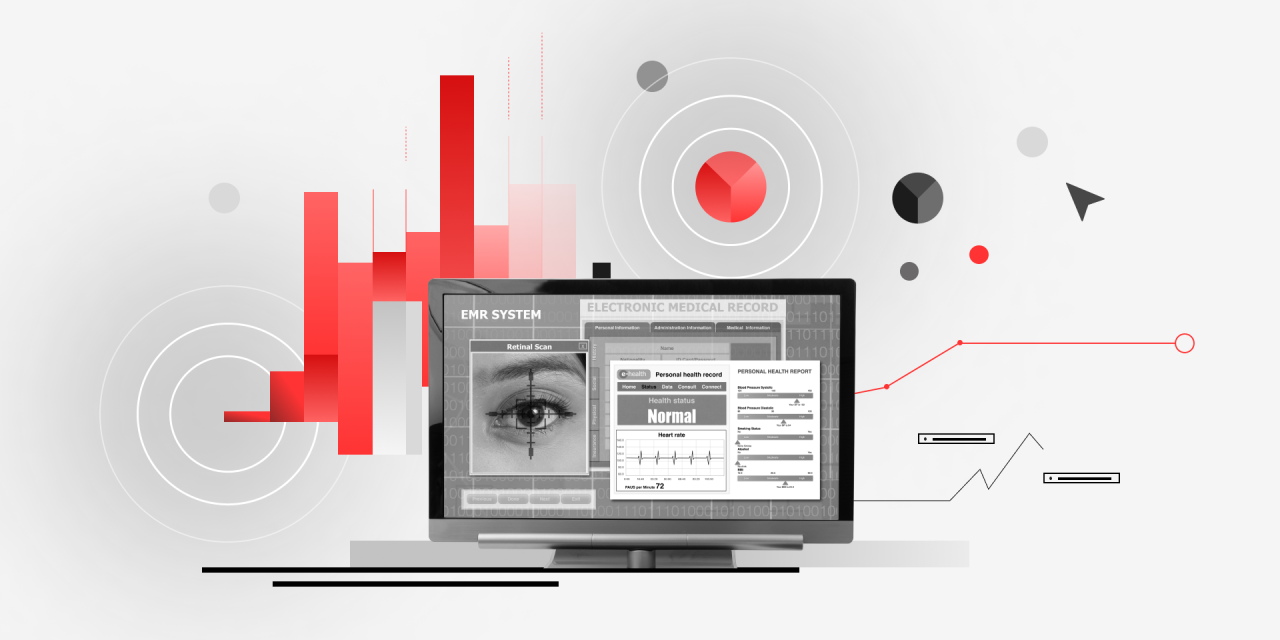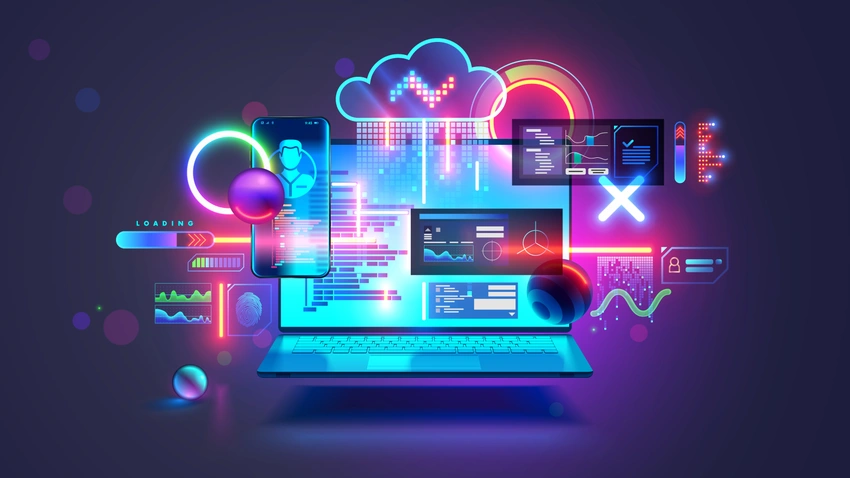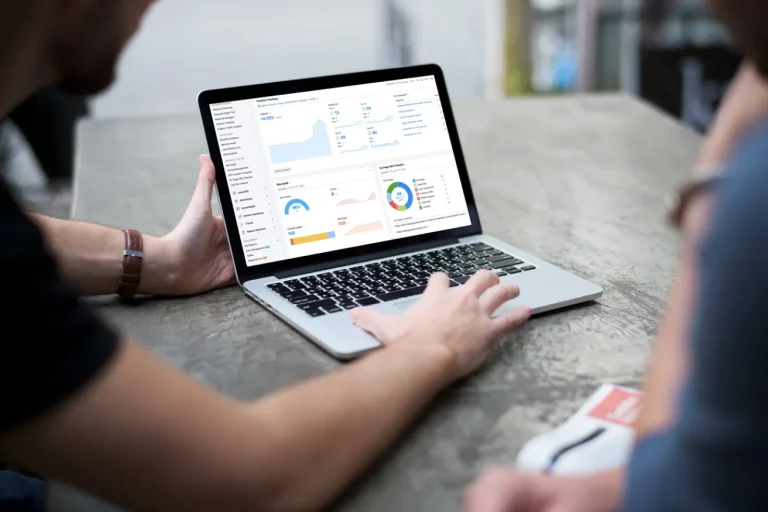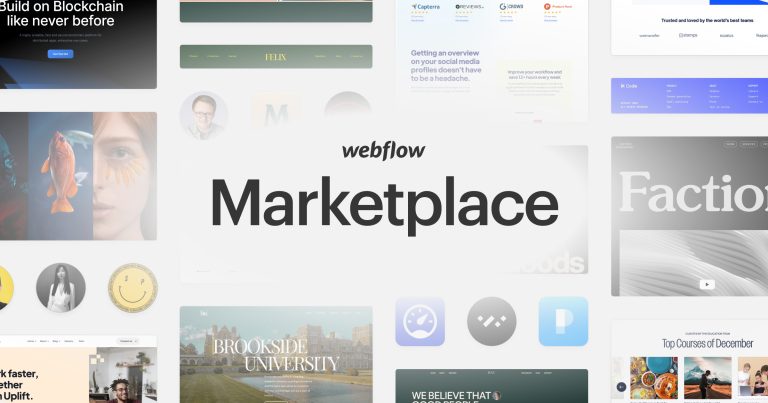A Guide to Medical Device Software Development
The world of medicine is undergoing a revolution driven by technology. Smart medical devices, equipped with sophisticated software functionalities, are transforming patient care, diagnostics, and data collection. From pacemakers regulating heart rhythms to insulin pumps delivering precise doses, medical device software development plays a critical role in ensuring patient safety and improving healthcare outcomes.
What is Medical Device Software Development?
Medical device software development refers to the process of creating software specifically designed to operate within medical devices. These software applications are embedded within the device itself or run on external computers that control or interact with the device. Examples of software-driven medical devices include:
- Pacemakers and defibrillators for regulating heart rhythm
- Insulin pumps for delivering precise insulin doses to diabetic patients
- Diagnostic imaging systems like MRI and CT scanners for visualizing internal organs
- Patient monitoring systems for tracking vital signs in hospitals
Why is Medical Device Software Development Different?
Medical device software development differs from general software development:
Regulatory Tightrope Walk:
Medical device software development operates under a stringent regulatory framework. Unlike websites or mobile apps, medical devices are overseen by agencies like the US Food and Drug Administration (FDA) or their equivalents in other regions. These regulations dictate meticulous quality control measures, rigorous risk management practices, and comprehensive documentation throughout the entire development lifecycle. Every step, from concept to commercialization, must adhere to these guidelines to ensure patient safety and device efficacy.
Testing Marathon:
General software development often prioritizes speed and functionality testing. Medical device software development, however, takes a victory lap through a testing marathon. Exhaustive verification and validation procedures ensure the software not only functions as intended but also performs flawlessly in a real-world medical setting. This might involve simulating various use cases, testing for potential failure modes, and conducting thorough clinical trials to validate the device’s safety and effectiveness.
Paper Trail Paramount:
Imagine a software development process where every line of code, design decision, and test result comes with a meticulously written explanation and justification. That’s the reality of medical device software development. Traceability and documentation are paramount. This detailed paper trail allows developers to pinpoint the origin of any issues, facilitates future maintenance and troubleshooting, and demonstrates adherence to regulatory requirements during audits.
Agile with Guardrails:
While Agile methodologies offer the benefits of flexibility and iterative development, medical device software development requires a more cautious approach. Agile practices are often adapted to incorporate stricter quality control measures and risk management specific to medical devices. This might involve implementing additional checkpoints, code reviews, and risk assessments throughout the development process to ensure patient safety remains the top priority.
The Medical Device Software Development Lifecycle
Developing medical device software is a complex process with distinct stages:
1. Planning and Requirements Gathering: The first step involves defining the medical need that the device aims to address and outlining the specific functionalities of the software. Here, user research is crucial. Medical professionals, potential users of the device, must be involved in the early stages to ensure the software meets their needs and addresses real-world challenges.
2. Design and Development: The development phase translates requirements into a functional software application. Medical device software development uses a rigorous and risk-based approach, often leveraging Agile methodologies with robust quality control measures at every step. Specific programming languages, frameworks, and tools are used that are suited for the stringent requirements of medical devices.
3. Verification & Validation: After development, the software undergoes rigorous testing to ensure it meets all functional and safety requirements. Verification focuses on whether the software functions as designed, while validation confirms that it meets its intended use in a real-world medical setting. This stage is critical for ensuring patient safety and device efficacy.
4. Regulatory Approval and Compliance: Obtaining regulatory approval is a crucial step before a medical device can be marketed and used in hospitals or by patients. Regulatory bodies like the FDA in the US have strict guidelines for medical device software development and require comprehensive documentation to ensure compliance.
5. Maintenance and Post-Market Surveillance: The work doesn’t stop after approval. Ongoing maintenance is required to address bugs, implement software updates, and improve functionality. Post-market surveillance is critical to monitor device performance in real-world use, identify potential safety concerns, and issue recalls if necessary.
Key Considerations for Medical Device Software Development
Beyond the core development process, several key considerations are essential for successful medical device software development:
- Security and Data Privacy: Medical devices collect and store sensitive patient data. Robust security measures are paramount to protect this data from unauthorized access, breaches, or cyberattacks. Compliance with data privacy regulations like HIPAA and secure data transmission protocols are essential.
- Usability and User Interface (UI) Design: The user interface of medical device software needs to be intuitive and user-friendly for medical professionals who may be operating the device in critical situations. Human error minimization is a top priority. User-centered design principles ensure clear interfaces and minimize the risk of errors.
- Interoperability and Integration: Medical devices often need to interact with existing hospital information systems seamlessly. Using open standards and protocols during development facilitates data exchange and avoids compatibility issues that could disrupt patient care workflows.
The Future of Medical Device Software Development
Here’s an expanded look at the future of medical device software development, incorporating additional trends and potential challenges:
1. Artificial Intelligence & Machine Learning (AI/ML):
- AI and ML algorithms hold immense promise for medical devices. Imagine AI-powered diagnostics that analyze medical scans with superhuman accuracy, or ML-driven treatment plans that personalize therapy based on a patient’s unique genetic makeup.
- However, ethical considerations and rigorous validation are crucial. Ensuring fairness, transparency, and explainability in AI algorithms is essential to avoid bias and unintended consequences.
- Robust validation procedures will be necessary to demonstrate the safety and efficacy of AI-powered medical devices before widespread adoption.
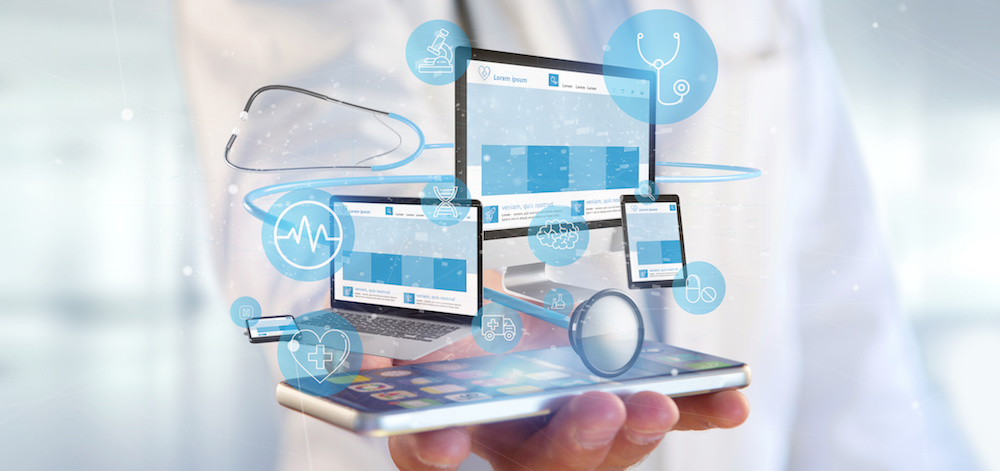
2. The Rise of Cloud-Based Medical Devices:
- Cloud computing offers numerous benefits, from enabling real-time remote monitoring of patients with implanted devices to facilitating data analysis and collaboration among healthcare professionals.
- Cloud-based software updates can streamline device maintenance and improve functionality without requiring physical intervention.
- Security concerns and regulatory compliance become paramount considerations. Robust cybersecurity measures are necessary to protect sensitive patient data stored in the cloud. Meeting data privacy regulations and ensuring compliance with healthcare data security standards will be crucial for cloud-based medical devices.
3. The Internet of Medical Things (IoMT):
- The IoMT refers to the interconnection of medical devices with other devices and healthcare information systems. This connectivity allows for real-time data collection, remote patient monitoring, and better coordination of care.
- However, interoperability challenges exist. Ensuring seamless communication and data exchange between various medical devices and healthcare IT systems requires standardized protocols and open communication architectures.
4. Big Data and Predictive Analytics:
- The vast amount of data generated by medical devices can be harnessed for powerful insights. Predictive analytics can be used to identify potential health risks early on, allowing for preventative measures and personalized healthcare approaches.
- Data privacy and security remain paramount concerns. Clear guidelines and regulations are necessary to ensure responsible data collection, anonymization, and usage for medical device software applications that leverage big data analytics.
5. User-Centered Design and Human Factors Engineering:
- As medical devices become more sophisticated, user-centered design principles become even more critical. Ensuring intuitive interfaces, minimizing human error, and considering the diverse needs of healthcare professionals will be crucial for the safe and effective use of these devices.
By embracing these advancements and addressing the associated challenges, medical device software development has the potential to revolutionize healthcare, leading to improved patient outcomes, more efficient care delivery, and a future brimming with medical breakthroughs.
Conclusion
Medical device software development is at the forefront of medical innovation, improving patient care and expanding the boundaries of what’s possible. By following a rigorous, compliant, and patient-centric approach to development, medical device software developers can ensure the safety and efficacy of these groundbreaking technologies.
ONextDigital is a leading provider of medical device software development services. Our team of experienced engineers possesses a deep understanding of the regulatory landscape and the unique challenges of developing software for medical applications. We partner with clients throughout the entire development lifecycle, from concept to commercialization, to bring innovative medical devices to market. Contact us now today.

